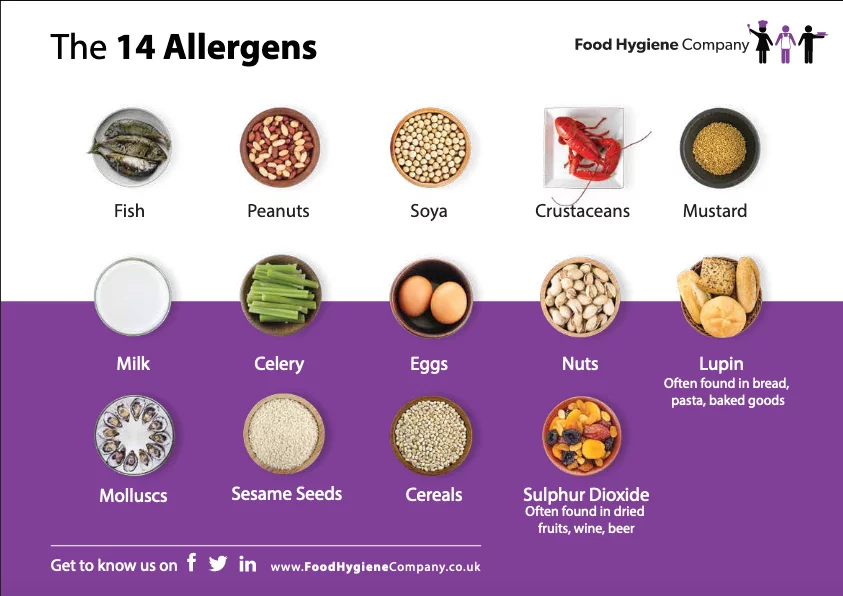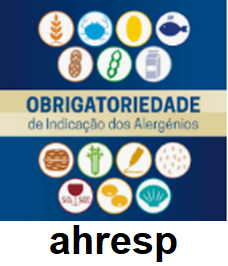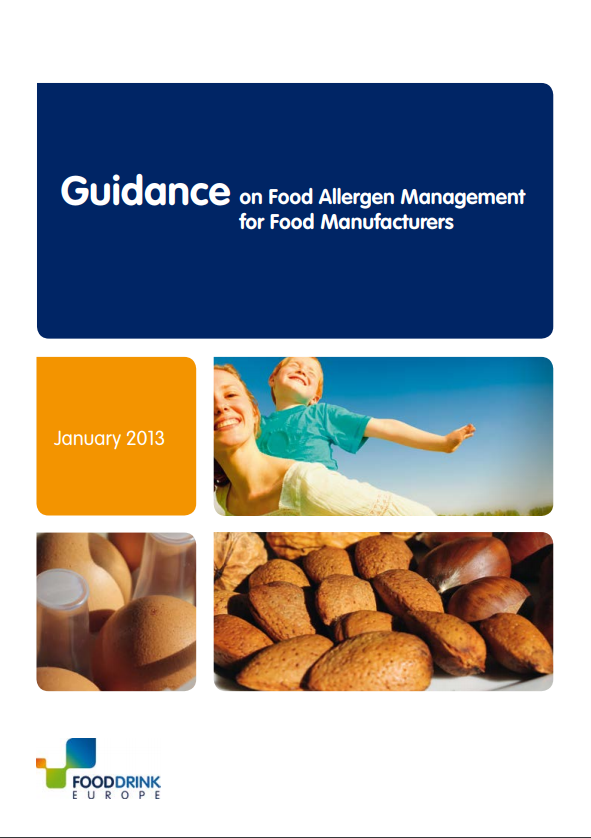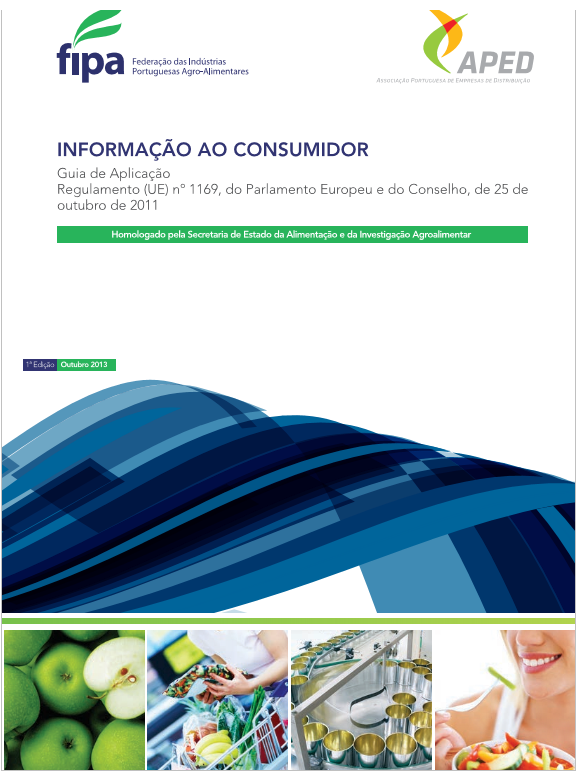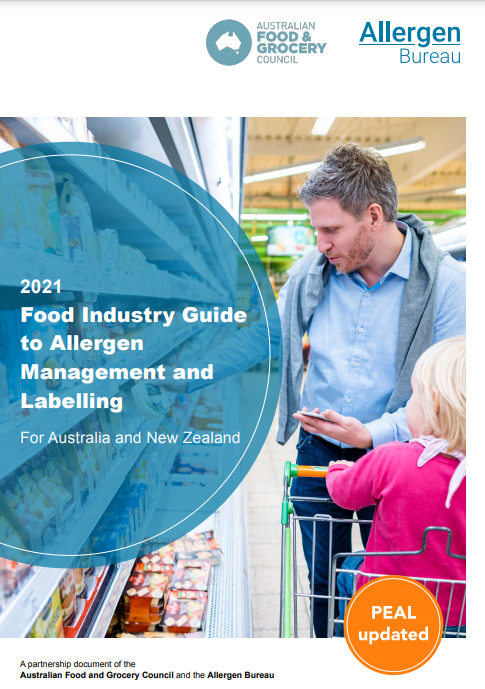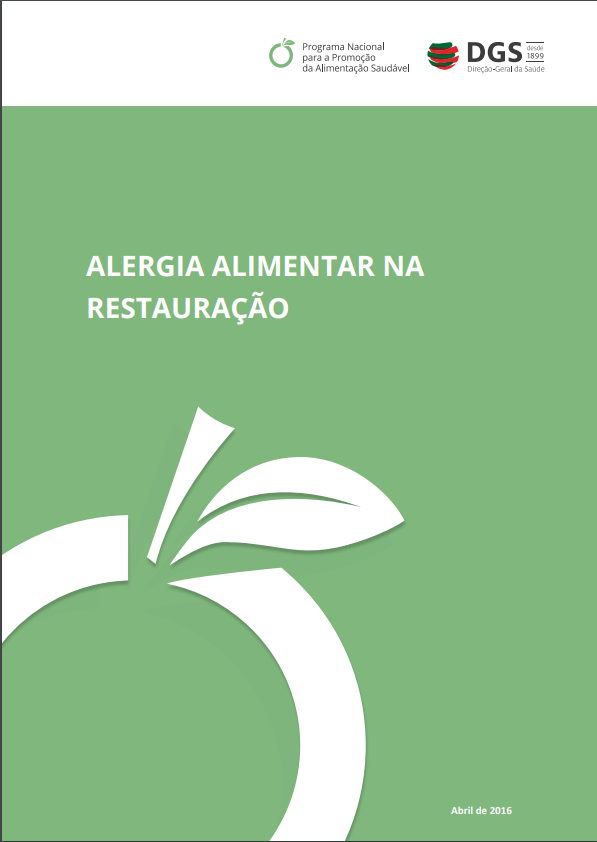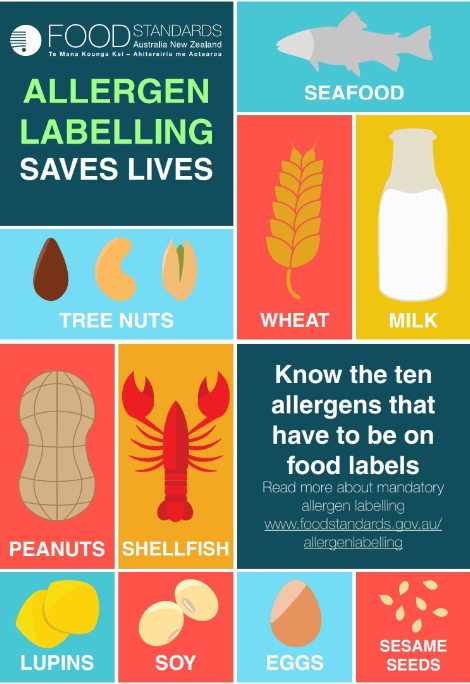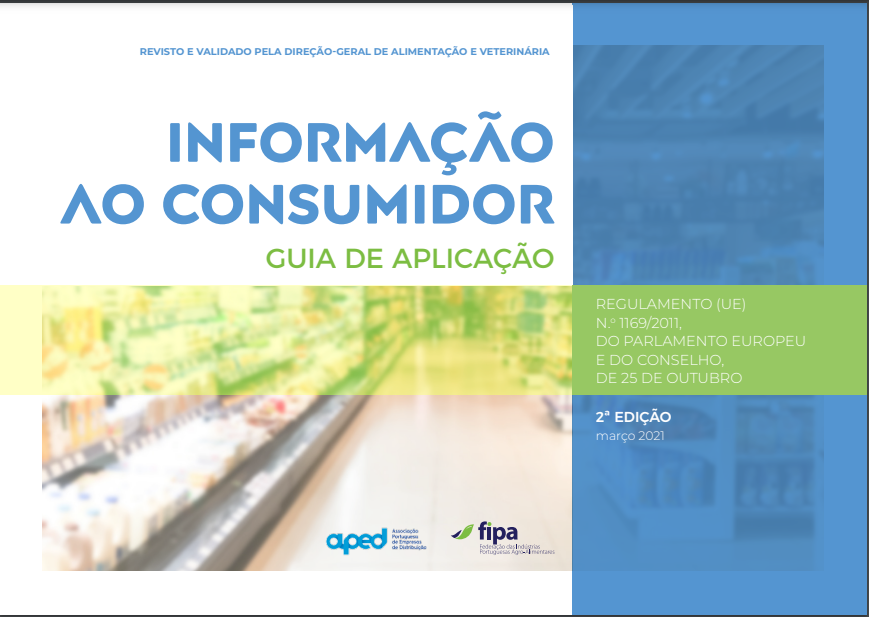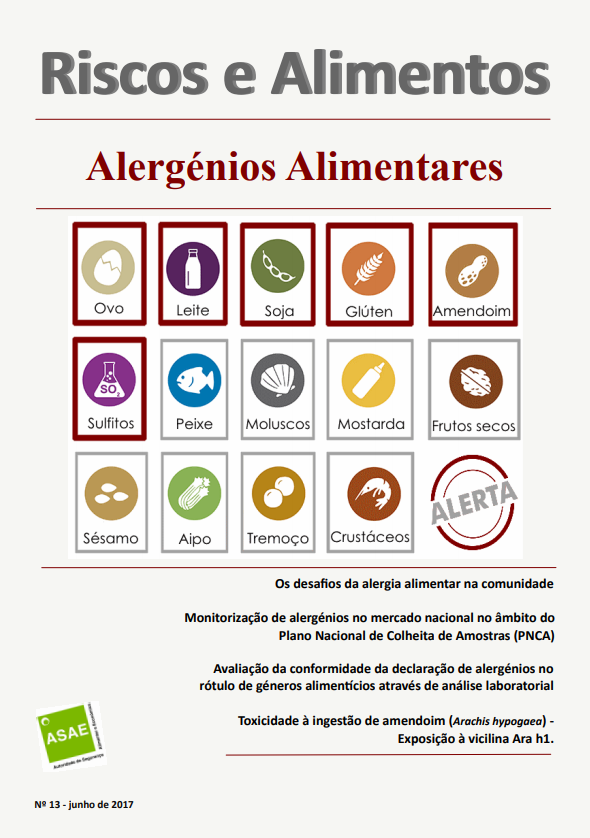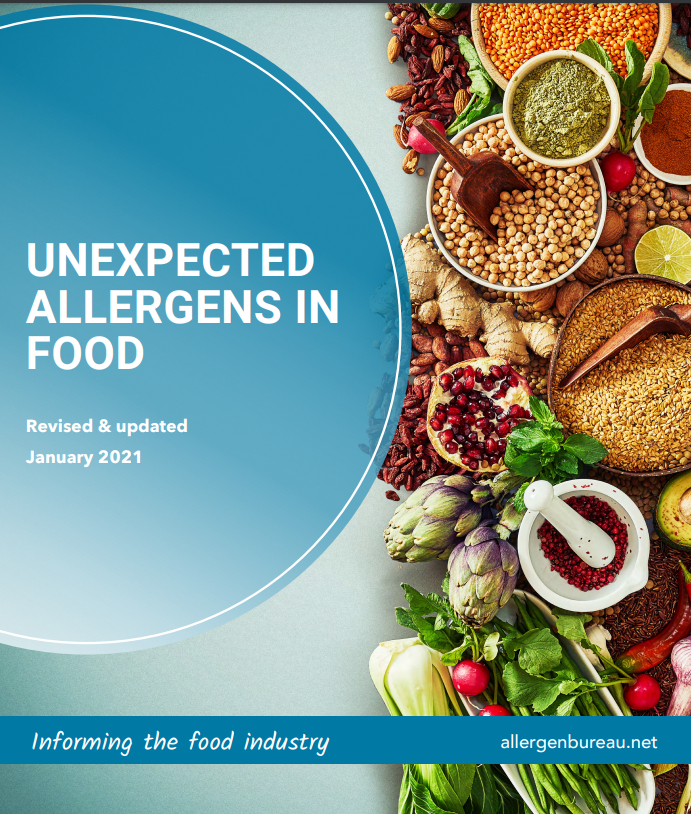ALLERGEN MANAGEMENT
Foods can be a potential allergen, however there are some that are more often associated with food allergies.
In the European Union, 14 main allergens were considered, varying in different locations around the world, whose list is defined by Regulation (EU) No. (EFSA), and these allergens must be declared in the commercialization of food in the countries of the European Union.
In the European Union and according to Regulation (EU) nº.1169/2011 they are as follows:
Cereals containing gluten
-
Dry fruits
-
Crustaceans
-
Celery
-
Eggs
-
Mustard
-
Pescado
-
Sesame seeds
-
Peanuts
-
sulfites
-
Soybean
-
Lupine
-
Milk and milk-based products (including lactose)
-
molluscs
Considerations
Food allergies are on the rise, and therefore must be prevented as they can lead to death:
Good habits:
Product development
-
Minimize the use of allergenic ingredients in formulas
-
Attempting to produce/handle the allergens at the end of the process/workday
-
Use of affordable and easy-to-clean equipment to eliminate allergens between productions
-
Test production lines with cross-contamination tests
-
Ensuring that allergens are easily identifiable on finished product labels
-
Isolate allergen addition points (eg weighings)
-
Dedicate unique rework systems
-
Eliminate crosses and enhance product isolation
-
Dedicate production systems and/or install modules in parallel for non-washable units (eg flours)
Raw material
-
Assess allergens in all raw materials
-
Audit suppliers and partners and help develop plans
-
Insist with vendors com allergen statements
-
Be aware of specification and ingredient changes
-
Review possible sources of contamination from other raw materials eg. recycled/reused containers
Production schedule
-
Dedicate production systems
-
Longer runtimes / minimize swaps
-
Produce products with allergens at the end of the production sequence
-
Control each allergen separately from other allergens
-
Allow full cleanup time between runs
-
Confirm packaging suitability
labeling and packaging
-
Ensure the label reflects the formula in use
-
Assiduous review of the mentions on the labeling when there is a change / substitution of ingredients
-
Proper management of packaging inventory/stock in order to avoid the accumulation of packages with obsolete mentions
-
Separate packaging material for similar formulas with and without allergens
Rework
-
Clearly record all reworks (including in flowcharts)
-
Make sure the feed systems can be cleaned and dedicated
-
Post and communicate instructions on the use of rework
-
Immediately report any misuse of rework
-
Audit rework periodically to ensure proper identification
Sanitation
-
Allow proper cleaning between runs
-
Manually dismantle and sanitize equipment that cannot be completely sanitized on site
-
Properly clean tools or accessory equipment (spoons, boxes, hoppers, etc.)
-
Avoid purchasing hard-to-clean equipment
-
Use alternative cleaning measures where wet washing (with water) is not feasible (eg salt or sugar)
Training and Communication
-
Establish a compilation of documentation and records capable of guaranteeing an allergen management plan, for example with
-
training manuals
-
Policies, procedures and work instructions
-
Certifications (eg Gluten Free)
-
Identification of locations in the layout
-
Restricting access to labeling software
-
Internal audit reports
Summary of Entries for the Allergen Management Plan
-
supplier control
-
Characteristics of raw materials and supply chain management
-
Identification
-
Reception, storage and handling of Goods
-
Product Formulation and Development
-
Production and Programming Project
-
operations
-
Marketing
-
Recall Plan
-
Top management involvement
Other Supporting Documents
https://foodsafetybrazil.org/tudo-sobre-alergenicos-no-food-safety-brazil
DGAV Guidance Note - Mention of lactose content
FDA Official US Site for Allergen Labeling
http://www.allergy.org.nz/Food+Sector.html
https://info.allergenbureau.net/infographic/#step-3
https://www.food.gov.uk/sites/default/files/media/document/top-allergy-types.pdf
Other Supporting Documents
https://foodsafetybrazil.org/tudo-sobre-alergenicos-no-food-safety-brazil
DGAV Guidance Note - Mention of lactose content
FDA Official US Site for Allergen Labeling
http://www.allergy.org.nz/Food+Sector.html
https://info.allergenbureau.net/infographic/#step-3
https://www.food.gov.uk/sites/default/files/media/document/top-allergy-types.pdf
Other Supporting Documents
https://foodsafetybrazil.org/tudo-sobre-alergenicos-no-food-safety-brazil
DGAV Guidance Note - Mention of lactose content
FDA Official US Site for Allergen Labeling
http://www.allergy.org.nz/Food+Sector.html
https://info.allergenbureau.net/infographic/#step-3
https://www.food.gov.uk/sites/default/files/media/document/top-allergy-types.pdf






